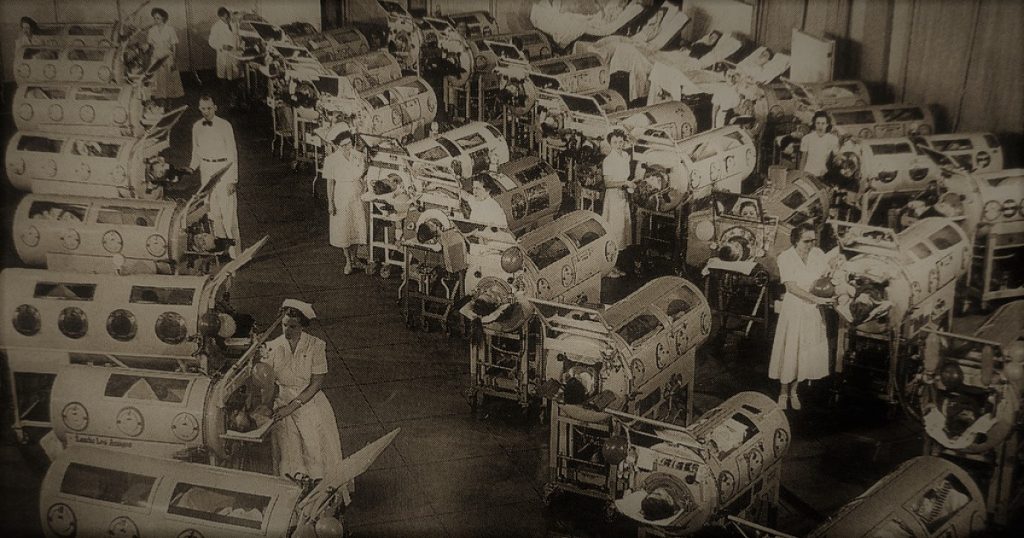
“Even if this was not a crisis ,” says Dr. Now, says Suprun, there are further “setbacks facing the health care system are related directly to the destruction of facilities, the lack of medical professionals as many have joined the territorial defense or the military, and the difficulty in resupplying pharmacies and hospitals due to constant missile and other attacks by the Russian military.” Further, the displacement of citizens during the war, says Suprun, will make delivering and administering vaccines difficult.Īnd with the population of Ukraine now on the move-an estimated 1.3 million people have fled across the borders to neighboring Poland, Slovakia, Hungary, Romania, and Moldova-polio is moving with them. As of October 2021, only 53% of one-year-olds were vaccinated for polio in Ukraine, according to the National Center for Public Health of Ukraine-suggesting that the pandemic had slowed the polio vaccination effort. The war with Russia could potentially reverse many of these gains, which were already threatened by the rise of COVID-19.

“Both the Ukrainian health authorities and the international community stepped up with an intense vaccination campaign that has gone a long way toward dealing with lack of knowledge vaccine hesitancy-dealing with a lot of the misinformation about vaccines that had been keeping parents from getting their children vaccinated.” WHO data suggests these efforts paid off: while only 59% of young children, the target population for the vaccine, was vaccinated for polio in 2015, by 2019, that number was up to 83%. In the aftermath of the 2015 polio outbreak, Ukraine also took aggressive action to control the disease, says Twigg. It helped establish a better rapport between physicians and patients, and physicians were able to convince more parents to vaccinate their children,” she says. “For the first time ever, Ukrainians could choose a primary care physician they trust. Suprun tells TIME that the changes to primary care were an important part of making parents more comfortable with vaccination.
#POLIO OUTBREAK SERIES#
She led the country through a series of reforms, creating a new institution to transparently conduct Ukrainian health contracts relying on international agencies for procuring drugs and shifting patient care from hospitals to primary care offices. Ulana Suprun, served as the acting minister of health, says Twigg. That began to change from 2016 to 2019, during which time an American-born radiologist, Dr.

“Money that should have gone directly to the care of patients was getting diverted into the pockets of corrupt health administrators and politicians.” Meanwhile, disinformation about vaccines-some of which has been traced to Russia-drummed up widespread vaccine hesitancy. “Ukraine still suffered so much from that Soviet legacy with a health system that was riddled with corruption,” says Twigg. Widespread corruption drove up the price of medical care and the cost of vaccines, compounded by inadequate state financing for vaccine purchases and neglect of the health care system. Tragically, before the war, Ukraine was in the midst of a major transformation of its healthcare system, says Judyth Twigg, a professor at Virginia Commonwealth University specializing in global health, especially in Russia, Ukraine, and other parts of the former Soviet Union.īack in 2016-the last time polio cases were detected in Ukraine-Twigg described Ukraine’s failure to modernize its health care system following the fall of the Soviet Union as a major cause of the resurgence of polio.


 0 kommentar(er)
0 kommentar(er)
